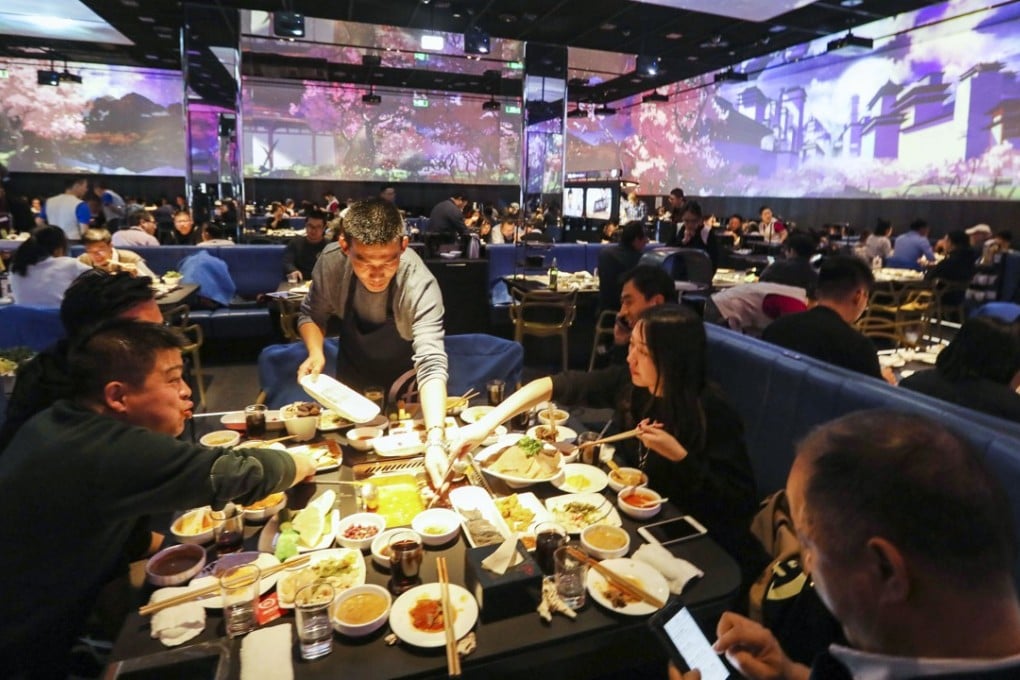Exclusive | A first-hand review of Haidilao’s ‘smart’ hotpot restaurant in Beijing
- Haidilao has equipped a restaurant in Beijing with automated cold room with robotic arms and servers
- Automation can help improve kitchen efficiency but no plans to cut front-line service staff, Haidilao says

When I first learnt that Haidilao was going to employ robots and become the world’s first “smart hotpot restaurant,” my first reaction was not excitement but worry.
As a self-anointed hotpot connoisseur who has patronised the Beijing-based chain’s restaurants 33 times in less than two years, I believe that friendly and meticulous service was what made Haidilao what it is today. Can robots, with their preprogrammed responses, cater to China’s demanding hotpot warriors?
The restaurant chain’s good service is legendary within the food and beverage industry in China. If a waiter sees a patron having hotpot alone, he or she will place a big cuddly soft toy in the seat opposite you so that you feel less lonely. Having your birthday? Here is a bowl of free noodles and a birthday song.
It is probably a curiosity that the company put “being nice to one another” as a core value for employees in its IPO prospectus. Some 83 per cent of Haidilao’s staff find their compensation satisfactory while 79 per cent are content with the promotion system, it noted in the filing, citing survey findings by Sullivan. The company went public in September in Hong Kong.
But back to the eating. The reservation was made for a weekday evening at the “smart” restaurant located in Beijing’s Guomao business district (Full disclosure: the booking was made through the company’s public relations team because Haidilao’s queues are as legendary as its service. The Post paid for the meal.)
When I arrived with my Post colleagues, we found a small theatre-like resting area where customers can relax while waiting their turn for a table. There were free snacks, boxed juice and patrons can scan QR codes to play lottery games that give free dishes and discount coupons.